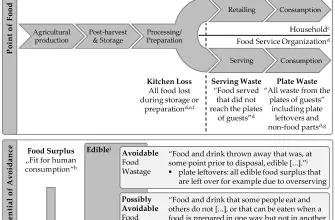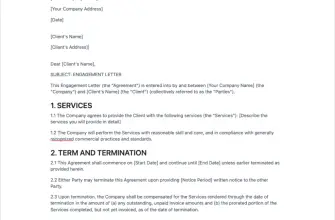In the wake of the COVID-19 pandemic, the importance of maintaining a high level of hygiene in the workplace has been underscored. The virus has necessitated a reevaluation of hygienic work practices, with businesses worldwide implementing stringent measures to ensure the safety and health of their employees. This article will delve into the various aspects of enhancing workplace hygiene, addressing hygiene issues with employees, and the importance of personal hygiene in the workplace. It will also provide a hygiene policy template for businesses to adopt and adapt according to their specific needs.
Understanding the Importance of Workplace Hygiene
Workplace hygiene is not just about maintaining a clean and hygienic environment. It also involves promoting good hygiene practices among employees, which is crucial in preventing the spread of diseases. The COVID-19 pandemic has highlighted why personal hygiene is important in the workplace. Regular handwashing, use of sanitizers, and proper respiratory etiquette are some of the personal hygiene rules that have been emphasized during this period.
But why is hygiene important? Good hygiene practices reduce the risk of illnesses, infections, and diseases, thereby promoting a healthier workforce. A healthy workforce is more productive, leading to improved business performance. Moreover, a clean and hygienic workplace also creates a positive impression on clients and visitors.
Addressing Hygiene Issues with Employees
How to address hygiene issues with employees is a sensitive topic that requires tact and diplomacy. It’s essential to create a culture where hygiene at work is valued and respected. This can be achieved through regular communication, training, and reinforcement of hygiene policies. Employers should also provide the necessary resources, such as hand sanitizers, disinfectants, and personal protective equipment, to facilitate adherence to these policies.
Workplace Hygiene Procedures
Workplace hygiene procedures are a set of guidelines that outline how to ensure cleanliness of workplace premises. These procedures should cover various aspects, including:
- Cleaning and disinfection of common areas and high-touch surfaces
- Proper waste management
- Regular inspection for pests and rodents
- Provision of adequate ventilation
- Regular maintenance of facilities and equipment
These procedures should be communicated to all employees and regularly reviewed and updated to reflect current best practices and regulations.
Personal Hygiene in the Workplace Policy
A personal hygiene in the workplace policy is a document that outlines the expectations regarding employees’ personal hygiene. This policy should cover aspects such as hand hygiene, respiratory etiquette, use of personal protective equipment, and guidelines for employees who are sick. It’s also important to include personal hygiene rules in the kitchen for businesses with a kitchen or cafeteria.
Hygiene Policy Template
A hygiene policy template can serve as a starting point for businesses looking to develop their hygiene policy for employees. The template should include sections on the purpose of the policy, scope, responsibilities of employees and management, hygiene procedures, personal hygiene guidelines, and procedures for reporting and addressing hygiene issues.
Cleaning After COVID Workplace
Cleaning after a COVID case in the workplace is a critical part of workplace hygiene procedures. The COVID workplace guidelines provided by health authorities should be followed in such instances. These guidelines typically include closing off areas used by the person who is sick, opening outside doors and windows to increase air circulation, waiting as long as possible before cleaning and disinfecting, and then cleaning and disinfecting all areas used by the person who is sick.
Conclusion
In conclusion, maintaining a high level of hygiene in the workplace is crucial in ensuring the safety and health of employees, especially in the context of the COVID-19 pandemic. Businesses should implement robust hygiene policies and procedures and promote good hygiene practices among employees. By doing so, they can create a healthier, safer, and more productive work environment.









